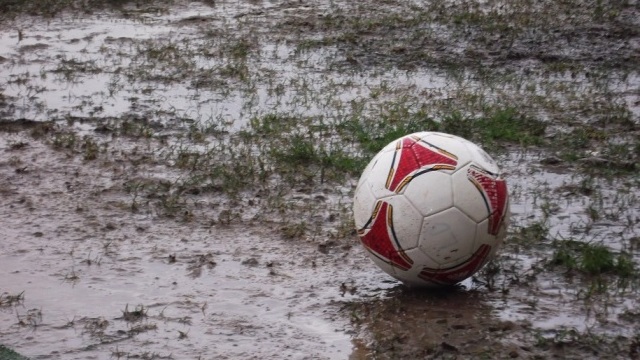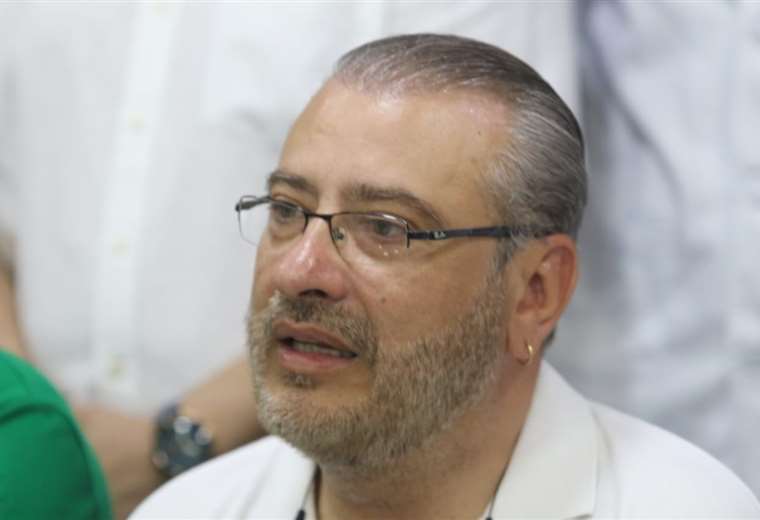Let’s introduce you to the readers, Alina.
I am a photographer born in Havana in April 1969. I studied photojournalism in the 90s at the Union of Cuban Journalists. I live and work in Cuba. My photos have a marked social content and in them I want to capture the city and its inhabitants to give a vision of the peculiar Cuban reality from the reflection of daily life and anonymous people.
I see in your resume that you have collaborated with a good number of Cuban and foreign media. Alma Mater, OnCuba, Neighborhood Journalism, Taut Wings, Deutsche Welle (Germany), Public (Spain), The country (Uruguay), magazine Boards… You also have several personal exhibitions. Can you list them?
I start with the most recent: He lives well, 2018, Cuba Ron Festival, Pabexpo; The beaches of Sabina, 2012, Provincial Center of Plastic Arts “Luz y Oficios”; There is a child in the street, 2012, 2nd Edition of the Peace & Love Festival, La Cabaña. This last exhibition had its first edition in 2008, at the Casa de la Poesía, and then it could be seen in 2010 at the Estudio Calle O’Donnel 9, Madrid, Spain.

Let’s go to your artistic genealogy.
Whenever they ask me about my first encounter with photography, I talk about the day I discovered a volume with photos of Henri Cartier-Bresson in an old-fashioned bookstore. The boy with the bottles in the Rue Mouffetard photo, who seemed to be saying to me: “Look at me and try to figure out why this moment is so beautiful”, pulled back a veil and let in light.
Of course, before there was —and still exists— in my grandparents’ house a briefcase lined with a red cloth that keeps many photographs, all in black and white, of my family. Even of my grandfather when he was little, posing in a studio next to a renaissance-style chair that contradicted the baseball bat he was holding.
This suitcase, which narrates the life of the family to which I belong, was my beloved object when I was a child. I knew by heart the smile of my grandmother when she was 15 years old, or the look of my parents exchanging glasses in a gesture of interlocking arms, the day they got married. I was obsessed with that briefcase, and at some point I “stole” photos of that stash. Perhaps those pieces of melancholy were the true seed.
My photographic universe is messy and scattered, like me; and depending on the moment of my life in which I find myself, it will be the photo that I take. I am linked to photography as to the layers of my skin and it does not breathe outside of me nor do I go to it.
Photography is something I do every day and it happens with me, with my moods, with my life experiences. With it I not only emphasize a fragment of the world that attracts me for its beauty or its pain, but through it I express what I feel.
That’s why I have several cameras and I go from analog to digital to polaroid with bigger or smaller sizes. This can be confusing and go against the wishes of some friends to channel a work so that it reaches a place. But there’s no place I want to get to, I just want to take pictures and let them open up and go on their way. That is, our own channel.

Souvenir at the exhibition he lives well, about a CubaRon festival, to a highly respected painter who asked me what the leitmotif of my work was: “The people, their circumstances, and the city we inhabit,” I replied. “No, no, but there has to be something that you develop throughout your career; Seeing your work, it seems to me that it could be the textures, ”he told me. My answer was the same and I thought that the word “career” was exhausting for me.
Within this disorder I find pearls such as, for example, The immemorial custom of celebrating the rain. This photograph belongs to a reel that I developed six months ago in the kitchen of my house. The capture was made at the end of the 90s in the city of Pinar del Río.
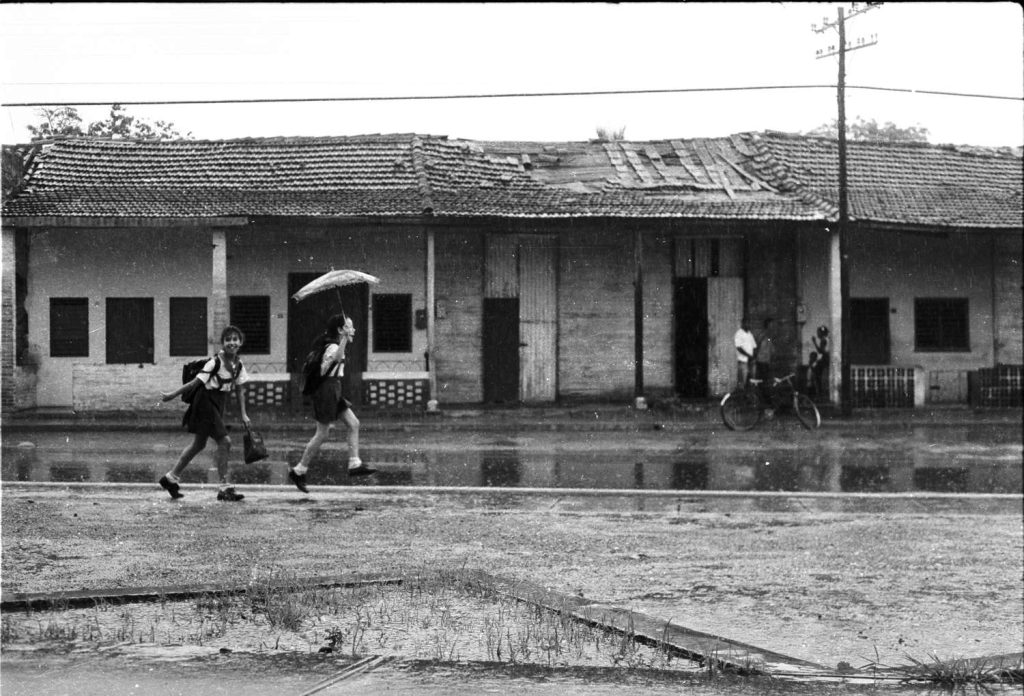
These undeveloped reels I kept, yes, with great zeal. When I discovered this still, my pulse quickened, because I understand the beauty of this moment, but also the poetry in the fact that it has been hidden for so long, being and not being.
Of course, in this sort of hasty gallop there are recurring themes, as I expressed to the painter in my exhibition: the city, the people and, among the people, the children.
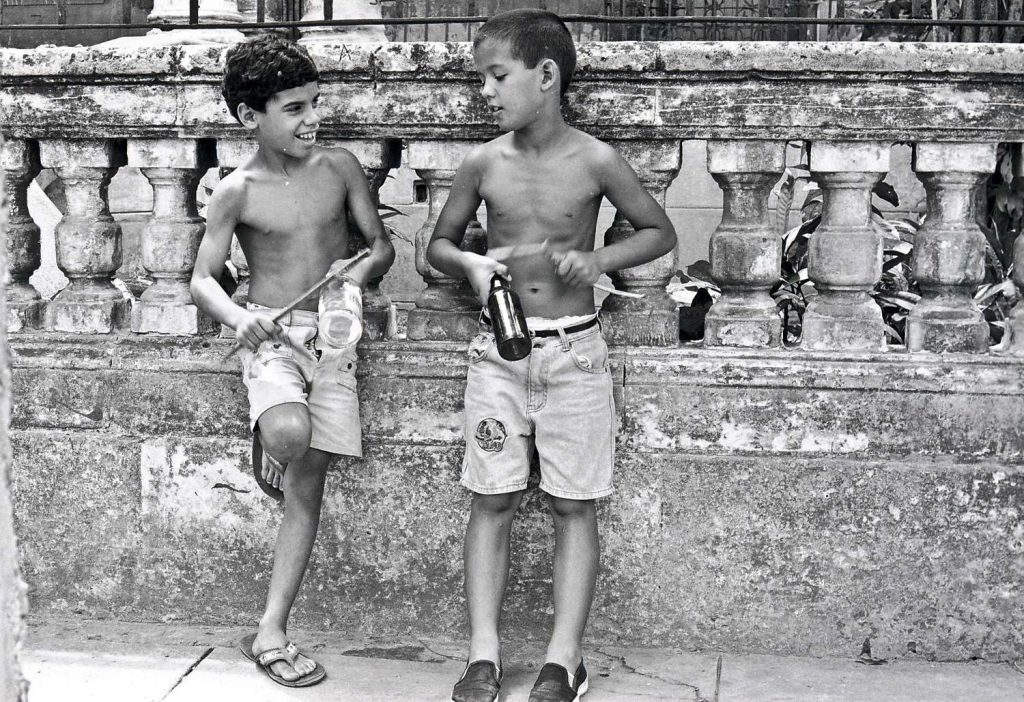
Being very young, when I felt the need to express myself and did not yet know how, I regretted not knowing how to paint, while I was delighted with the impressionists in the beautiful books of Russian and Czech editions that were sold in the Modern Poetry, and observing in the bars of the Old Havana scenes very similar to the one in absinthe drinkers, Degas. But I immediately knew that photography was going to offer me all that and much more.
When and why did you decide to take photography as your means of expression?
There are two stages that, like most Cubans, I remember vividly, and they are like the classic “before and after.” In 1980, I had just turned 11 years old, and with the Mariel exodus I lived hard experiences and saw many people cry. Ten years later, in 1991, the Special Period begins.
We were surrounded by a suffering humanity. Walking through the city, going through crowded neighborhoods looking for faces that spoke of us, and giving in to the astonishment and horror of seeing our own reality, was something that with a camera in hand you couldn’t stop recording. It was at that time that I studied photography at Upec, mainly focused on photojournalism.
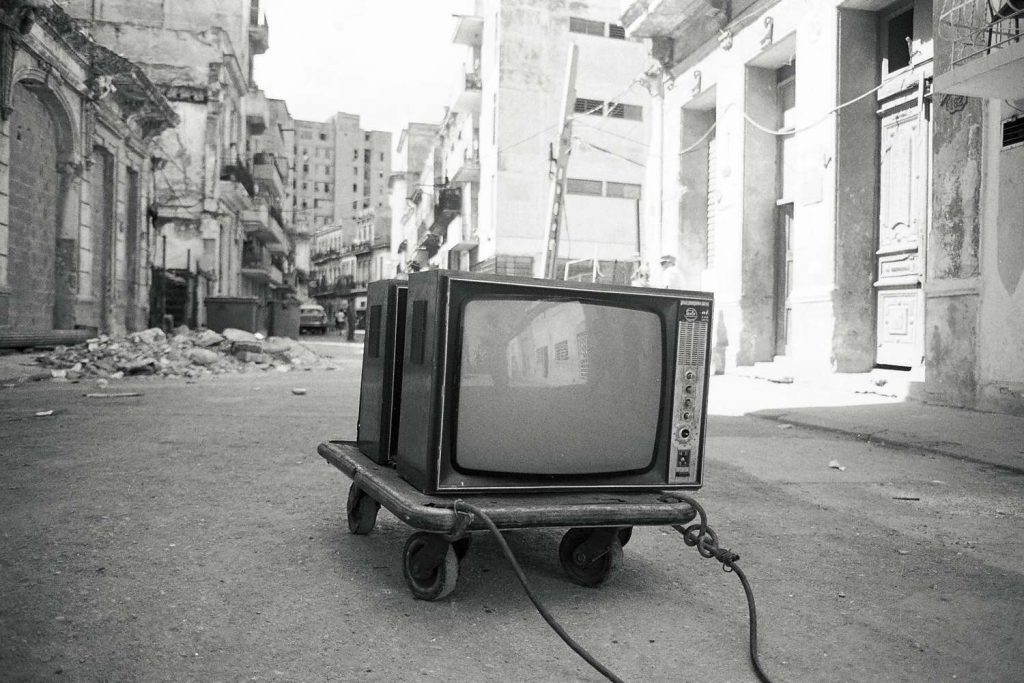
When my daughter was born, I gave myself with love to motherhood, and the family photos began to accumulate in a vanity bag.
One afternoon, while I was photographing her playing on the beach, I remembered the red briefcase from my grandmother’s house and I felt how everything was repeated and returned. And that’s where the series was born. Sabina’s beaches. Marine images projected with an old device on his skin.
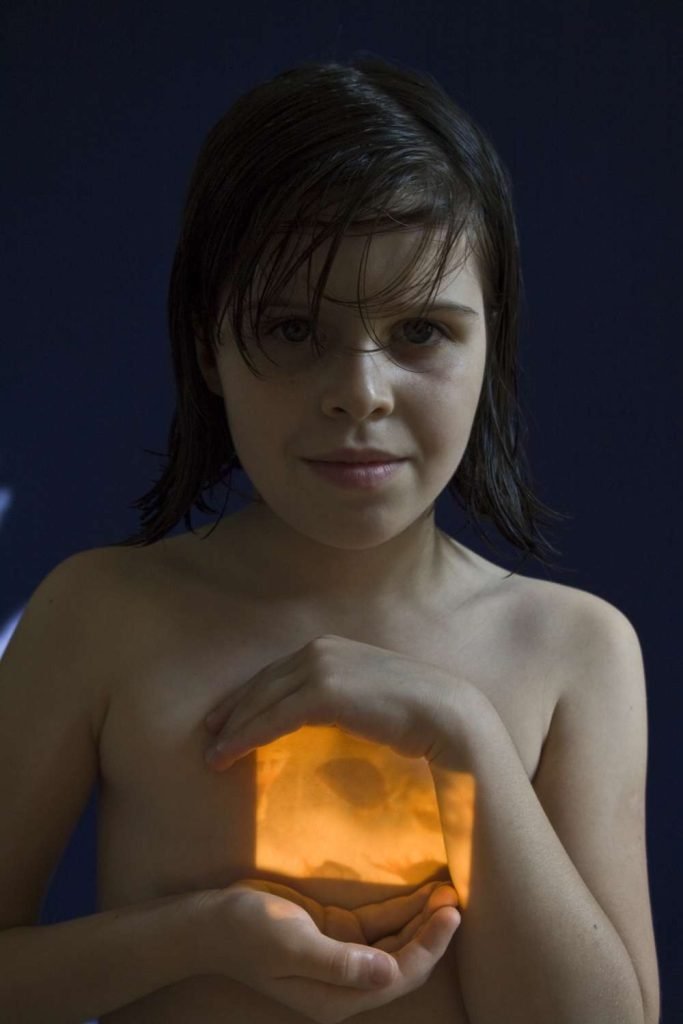
Tell me about your link with Havana.
Like the bougainvillea entangled in the doorways of the houses, I belong to this city, and photography gave me that.
I even know the names carved into the already dry cement of the sidewalks, and I know the places where the framboyan trees bloom in April.
Last year I lost, in the space of seven months, my mother, my father and one of my dearest friends. The city became empty, because I was locked in a deep silence, because pain is introspective and I only had eyes to look inside.
On that path I began to find salvation in small manifestations of beauty that shone in front of me, and from that encounter was born The city always has something to offer me.
For this series I use a camera that instantly reveals the exposed image. Also an analog camera with color film, which I develop myself.
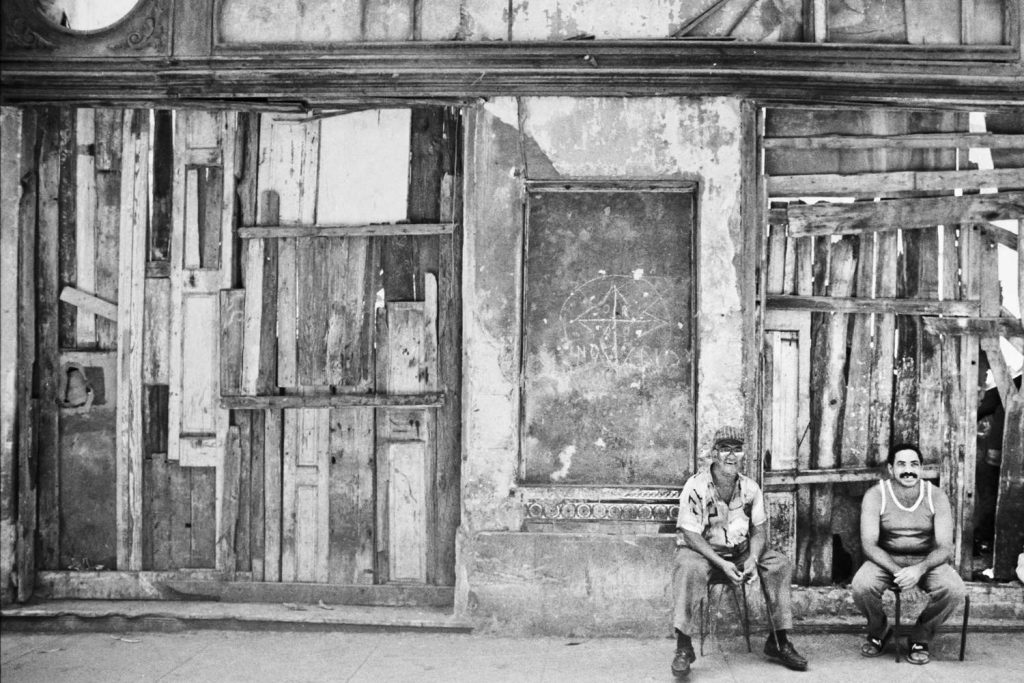
But your Cuban images have not all been captured in Havana.
I am able to cross the island to take photos of a person. Some time ago I started a series that was interrupted for various reasons, including the pandemic, which I hope to finish this year and expose it in a big way.
It is a tribute to those who have been consistent with their ideas and their way of being in life, despite having received the harsh gesture of society. An exaltation of the brotherhood of a group of people who are united by their love for the music of freedom: rock and roll.
The Serie freak me out It is made up of portraits of geeks of my generation in their rooms. Not only in Havana, but throughout the country. With photographer, take a picture of methis series is one of the treasures that I appraise.
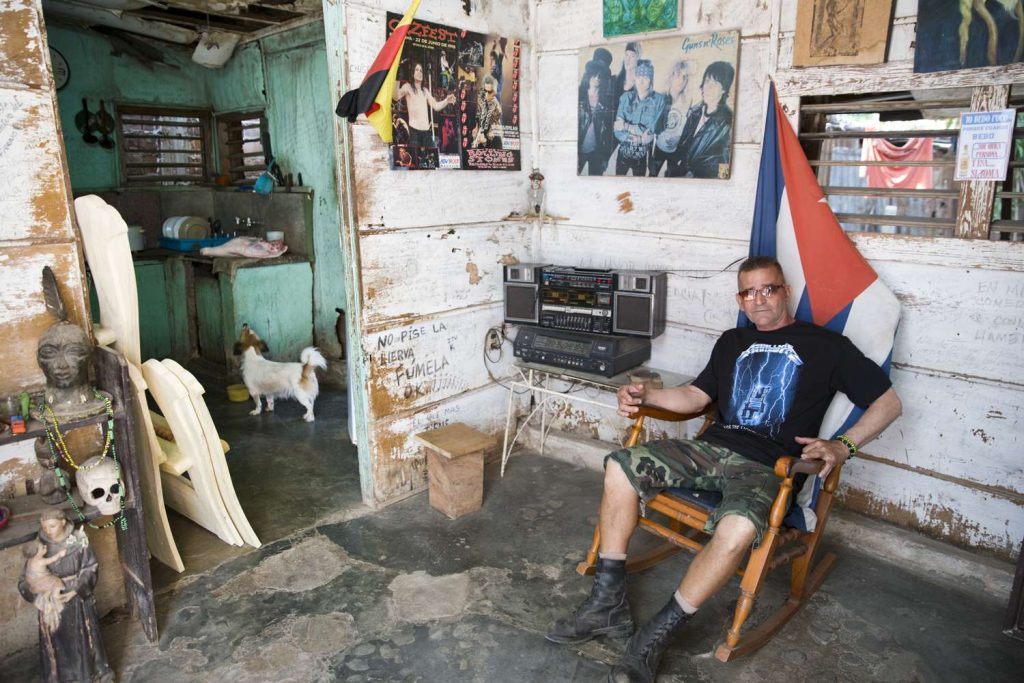
In summary…
In short, this is who I am. A woman who takes photos carried away by emotion and who saves small fragments of the world in which she lived in images.

